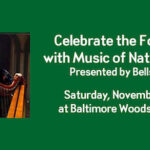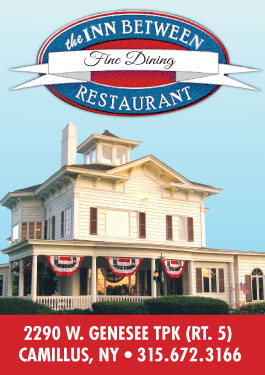Q and A With Author Rocco Constantino

I recently sat down with Rocco Constantino, author of Beyond Baseball’s Color Barrier: The story of African Americans in Major League Baseball, Past, Present, and Future. We go in-depth about the book and its message and more.
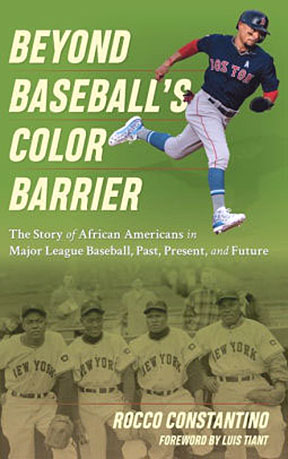 ML: What’s the main message you want to get across in the book?
ML: What’s the main message you want to get across in the book?
RC: There’s almost two messages within the book, pre-integration and post-integration. I’d say the main message of the first half of the book was that there were so many more layers to the segregation and integration of the sport. It wasn’t like the color line was drawn one day and then 50 years later, Jackie Robinson showed up and broke it. I wanted to shine the light on those who played a role in eroding the color line over time, as well as Branch Rickey, Jackie Robinson and Larry Doby, of course.
The second half of the book celebrates what African American ballplayers brought to the sport. They gave it life and flair, and not just Hall of Famers like Willie Mays, Ken Griffey Jr. and Bob Gibson. They obviously play a big role in the book, but it’s also guys like Vida Blue, Bo Jackson, Oscar Gamble and Dick Allen. You can’t tell the story of baseball without those guys. African American players have brought so much to the sport since integration and I want to get that message across.
ML: Most underrated Negro League player of all-time?
RC: There are a lot, but I’m going to go with Sol White. It’s tough to be underrated as a Hall of Famer, but I don’t think the casual fan realizes just how instrumental he was as a figure in the Negro Leagues. Here’s a guy who was a great player, manager and executive. He was also a writer and historian who wrote the first history of Black Baseball in 1907. He was one of the early figures in organizing the Negro Legaues too. He accomplished all of those things in the face of the segregation and racism of the early 20th century. When you talk Negro Leagues, you always hear Satchel Paige, Cool Papa Bell, Buck O’Neill and Buck Leonard, which is great. But Sol White laid the groundwork for those guys.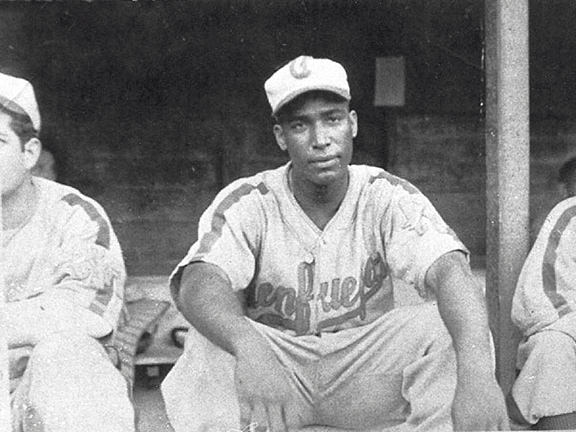
ML: How involved was the Negro League Museum in this book?
RC: I flew to Kansas City to interview the president, Bob Kendrick, and I can say that was the pivotal moment in writing the book. I went out there seeking accurate information and what I got was so far beyond just facts and figures. I got personal stories from Mr. Kendrick, perspective on everyone from Mule Suttles to Kenesaw Mountain Landis
and everything in between. I was able to really flesh out some chapters because of Mr. Kendrick’s input and some entire sections of the book came about just because of Mr. Kendrick’s input.
ML: Get into your BallNine content a little also. Writing a lot for that platform, how it started and of course it all helps now that you’re an author of two books!
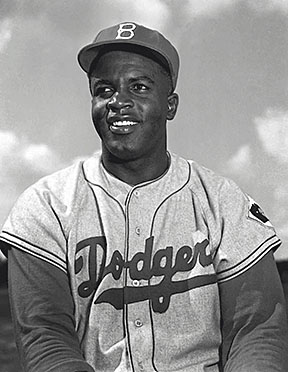 RC: That’s been a wildly fun endeavor. My role is that I interview former players for a weekly column we call Spitballin.’ It’s just fun to catch up with former players to allow them an avenue to share their stories. I have interviewed guys who played from the 1940s on through to today. It’s absolutely amazing to be able to interview some of the older guys.
RC: That’s been a wildly fun endeavor. My role is that I interview former players for a weekly column we call Spitballin.’ It’s just fun to catch up with former players to allow them an avenue to share their stories. I have interviewed guys who played from the 1940s on through to today. It’s absolutely amazing to be able to interview some of the older guys.
I have talked to guys who were teammates with Ted Williams, people who came up through the minors with Hank Aaron, people who pitched to Jackie Robinson and batted against Bob Feller. Guys who shook Honus Wagner’s hand. One gentleman told me his favorite player growing up was Lou Gehrig! Those kinds of things are amazing to me. It’s very gratifying to know that at BallNine, we’re doing our best to stand up for the game’s traditions and helping to record history through first-hand accounts of the players themselves.
ML: What Negro League player would you go back in time and watch if you could?
RC: That’s a tough one! How can you choose between wanting to see Satchel pitch in his prime, seeing just how fast Cool Papa Bell was in person or just how far Josh Gibson could hit a baseball? I’ll be a little different and choose Martin Dihigo, who was a Cuban-born Negro Leaguer. He could play every position well and was a great pitcher too. He did what Shohei Ohtani is doing now, except he was even the manager at times too! There are so many exciting players to read about, but I’ll choose him.
ML: Rock. Congrats and thank you.
RC: Thanks Mike! Always appreciate the great work you do!







